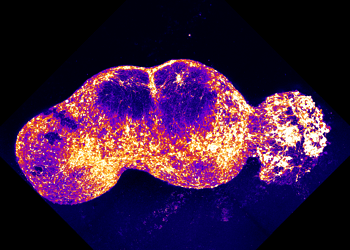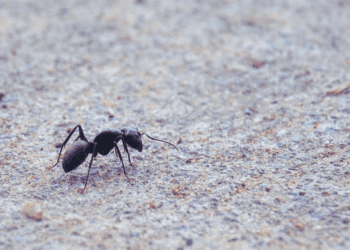Painkillers in the opium family (most notably morphine) may actually make pain last longer, a new study reports. Morphine treatment after a nerve injury doubled the duration of pain in rats and this is highly worrying.

It gets even more disturbing when you consider the addictive potential of many commercial opioids such as OxyContin and Vicodin. If this is true, then people are becoming addicted to something that’s extending their pain even longer, suggesting that “the treatment is actually contributing to the problem,” says study coauthor Peter Grace, a neuroscientist at the University of Colorado Boulder.
It’s not the first time opioids have been discussed in this context. Doctors have known for a while that for some people, opioids enhance the pain sensitivity, a condition called opioid-induced hyperalgesia. In this new study, the negative effects lingered for a few weeks even after the treatment was stopped. These experiments were done with male rats, but unpublished data indicate that morphine extends pain even longer in female rats, Grace says. Previous studies suggest there wouldn’t be any major difference between male and female results.
However, this is still just a rat study, and we don’t know if the same effects would be exhibited in humans, nor is it known if all opioids behave similarly. Clarity on how opioids influence pain could change doctors’ prescribing habits and promote better treatments, but the study has to be replicated in humans before we can draw any definite conclusions.
Journal reference: P. M. Grace et al. Morphine paradoxically prolongs neuropathic pain in rats by amplifying spinal NLRP3 inflammasome activation.Proceedings of the National Academy of Sciences. Published online the week of May 30, 2016. doi: 10.1073/pnas.1602070113.






